
Topiary: when and how to prune them?
All our tips for successful pruning!
Contents
Topiary pruning can give bushes original shapes, which may be geometric (cube, sphere, cone, spiralled…) or freer and more abstract, sometimes taking the form of animals. It also allows forming original hedges, tall or low, in waves or embroidered patterns… On a large scale, labyrinths can even be created!
Although pre-shaped bushes can be found commercially, it is more economical and creative to prune them yourself! It is an art that requires patience, but that patience is often rewarded by the result. Here are our tips to succeed in pruning and caring for your topiaries.
Necessary tools and preliminary advice
To prune your topiaries, it is important to use clean, sharp tools. Disinfect equipment with a cloth soaked in 90% alcohol to avoid transmitting diseases. Wounds resulting from pruning are open doors for diseases, which can quickly pass from one bush to another.
The essential tool for pruning topiaries is the shears. With their long blades, they are ideal for levelling flat surfaces and for creating smooth curves. You will also need a pruning shear for more precise work, for example on some branches that are difficult to cut with the shears. Where possible, avoid using a hedge trimmer for topiaries (unless you have large areas to prune). Shears will give a much neater, more attractive result.
To shape your topiaries, unless you are very skilled and able to do everything freehand, you will probably need tools to guide the forms! To create straight shapes (cubes, the top and sides of hedges…), feel free to use a spirit level, a plumb line and set squares. You may also need string and stakes to guide you, and metal frames if you are making more delicate shapes, such as animals. You can find patterns, wire-mesh templates and pruning guides in garden centres.
You will no doubt need a little practice before making perfect cuts. Don’t be discouraged if your first bushes show irregularities or flaws… After a few prunings, you will quickly get the hang of it! For your first pruning sessions, we recommend starting with fairly simple shapes: spheres, cubes, straight hedges… these are the easiest to achieve.
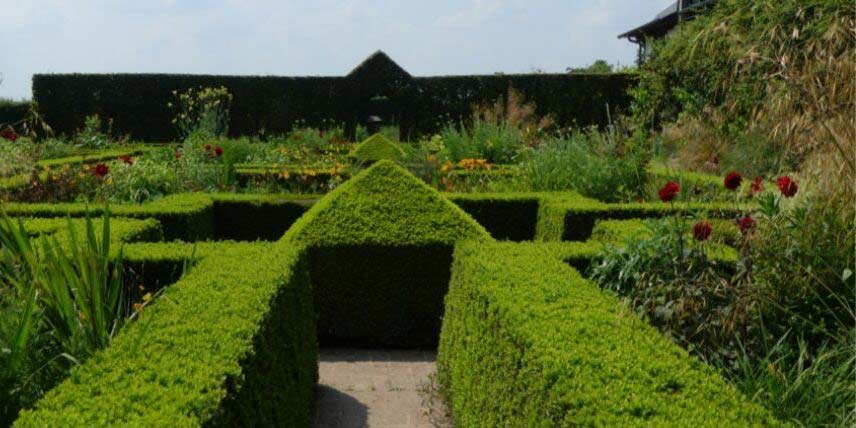
Topiaries at Jardin Plume, in Normandy
Read also
Topiary: 8 bushes perfectly suitedWhen to prune topiary?
Wait until end of spring, around mid‑June, to prune topiary. You can then prune again at end of summer, around September, even October.
Avoid pruning during frost or periods of very hot weather. Best if sky is slightly overcast, to avoid pruning in direct sunlight.
Discover other Buxus - Boxwood
View all →Available in 1 sizes
Available in 4 sizes
Available in 4 sizes
Available in 1 sizes
Available in 1 sizes
Available in 1 sizes
Available in 1 sizes
Available in 2 sizes
How to train topiary?
Topiaries can take many different forms. They can be geometric: cube, sphere, cone, pyramid, spiral, even several elevated spheres… They can be freer shapes, such as waves. You can also create straight or curved hedges, embroidery-like plant patterns, scrolls. It is even possible to create animal shapes! Choose shape that suits you best. It must be adapted to general shape of bush. Let creativity take over!
Plant in garden, or carry out pruning on plants already in place. To achieve some wide, spreading shapes, it may be necessary to bring several bushes together instead of pruning each plant individually. You may also have an existing hedge that you decide to prune, for example into waves.
Pruning you will perform obviously depends on shape desired. However, as a general rule, we advise pruning starting at top of bush and working down towards base. Remove longest shoots first. Make small, very precise cuts with shears each time, using fairly short blade movements. Prune very gradually, returning several times to same spot rather than cutting all at once to try to obtain final shape immediately. Hold shears parallel to shape of plant, and slightly glide shear over plant. It is also important to step back regularly. We advise pruning gently while walking around plant. Once shape is achieved, finish with pruning shear.
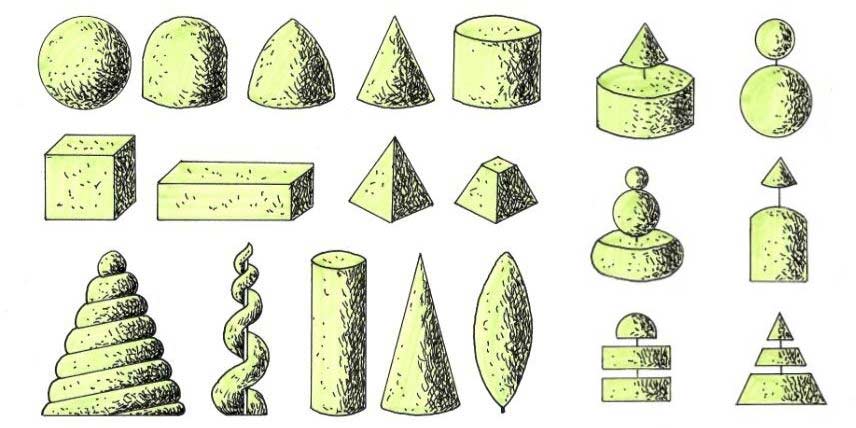
Topiaries allow a wide variety of shapes!
- If you want to create a sphere, best is to use a guide, which you can make by bending a wire into a rounded shape, then apply it to bush to trim into a perfectly spherical form. You can also trim freehand, without guide. Start pruning from top, then work down sides, turning all around bush. A variation is to form several spheres one above another for a pompom effect.
- To form a cone, place stakes evenly around bush (at equal distance from centre of bush), then tie them together above bush. You can then prune shoots that protrude beyond stakes and depart from conical shape. Prune while turning around bush and try to keep same angle with shears at all times.
- Forming a spiral is more delicate. As with previous shape, you can use stakes arranged around bush in cone shape. Then tie a string at top, which you will wrap around bush and lower progressively. It will serve as guide to carve out spiral shape.
- If you want to create more original shapes, such as animals, you can find wire-mesh structures commercially that will give ideal shape. Place structure on plant. You will then need to wait for plant to grow and perfectly fill shape. It will then protrude from mesh, and it will be very simple to trim following mesh. Cut a few centimetres beyond mesh so mesh remains well hidden within foliage.
It is also possible to create your own structure with wire and chicken wire.
- Finally, if you want to create low hedges forming patterns or embroidery-like designs (curves, scrolls…), use sticks and string as guides.
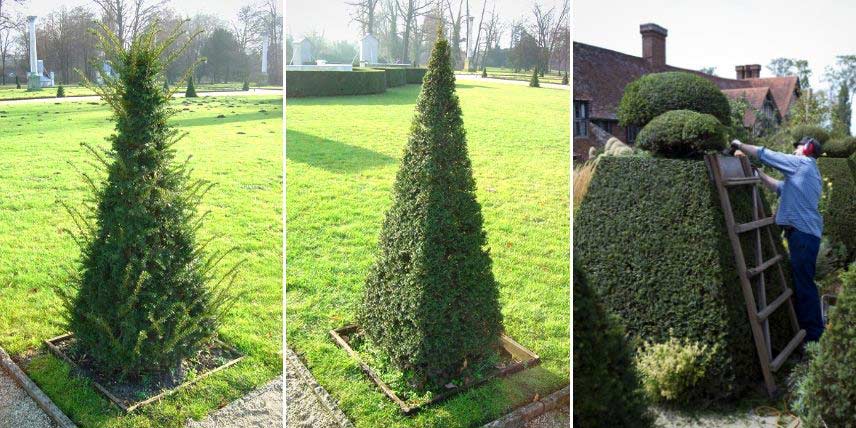
Yew pruning to form topiaries
How to care for topiary?
Once a bush has been trained as a topiary, regular pruning is essential. This will help maintain a balanced, regular shape.
Prune your topiaries at least twice a year: ideally in June and September. Species with rapid growth (such as cypress, for example) need to be pruned more frequently than others.
To feed your bush and encourage its growth, we recommend adding some fertiliser at planting, then each spring. If planted in open ground, do not hesitate to add some well‑rotted compost around base of the bush, and work it lightly into the soil with a fork.
If you grow box, beware of the box tree moth, a moth whose caterpillars feed on box leaves. This bush is also susceptible to the fungus Cylindrocladium buxicola, which causes foliage to dry out. Monitor health of your topiaries so you can act in case of disease or parasitic infestation.
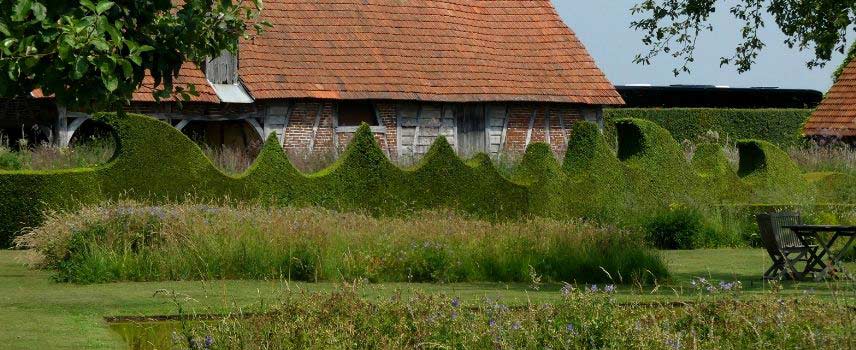
Hedge trimmed into waves, Jardin Plume
- Subscribe!
- Contents
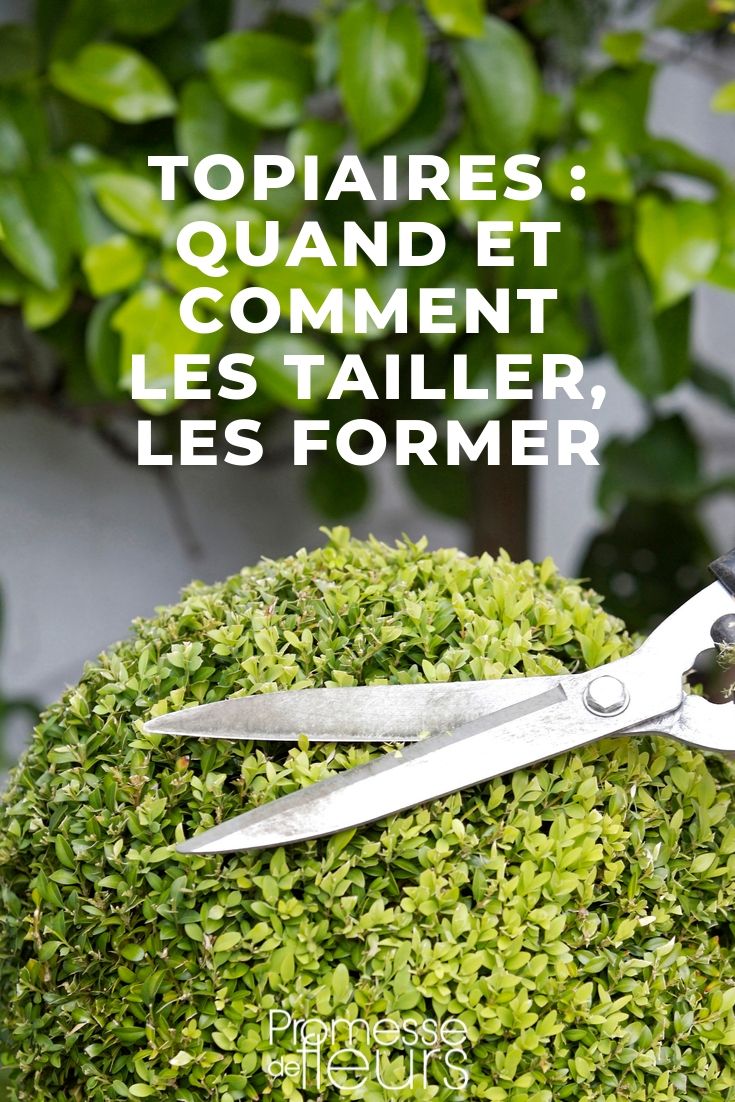
































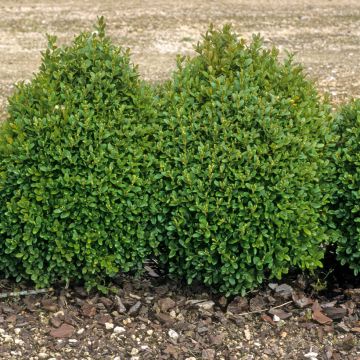
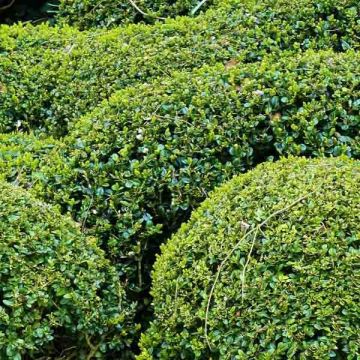
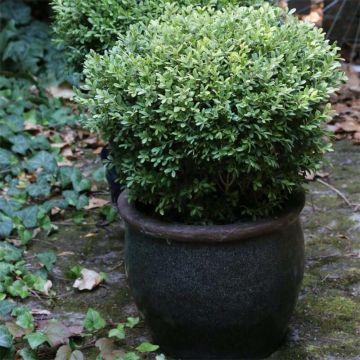
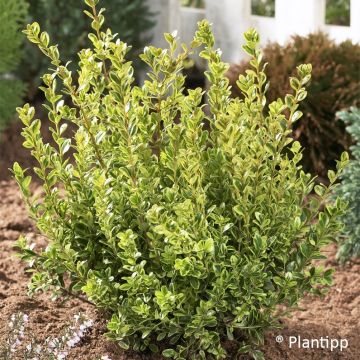
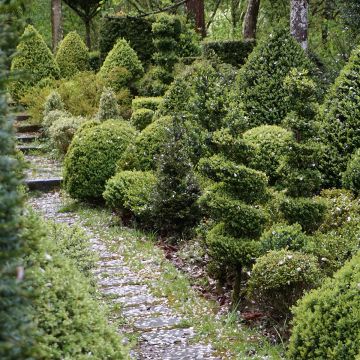
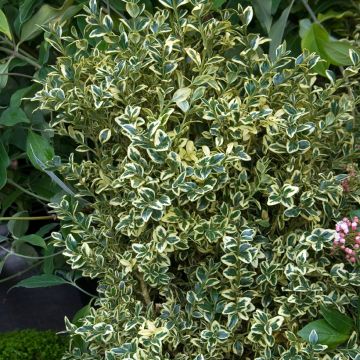
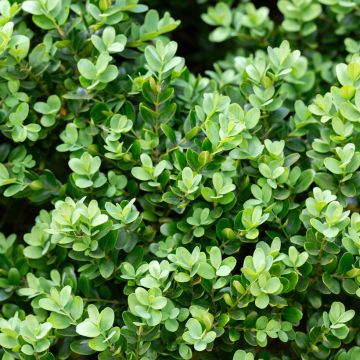
Comments